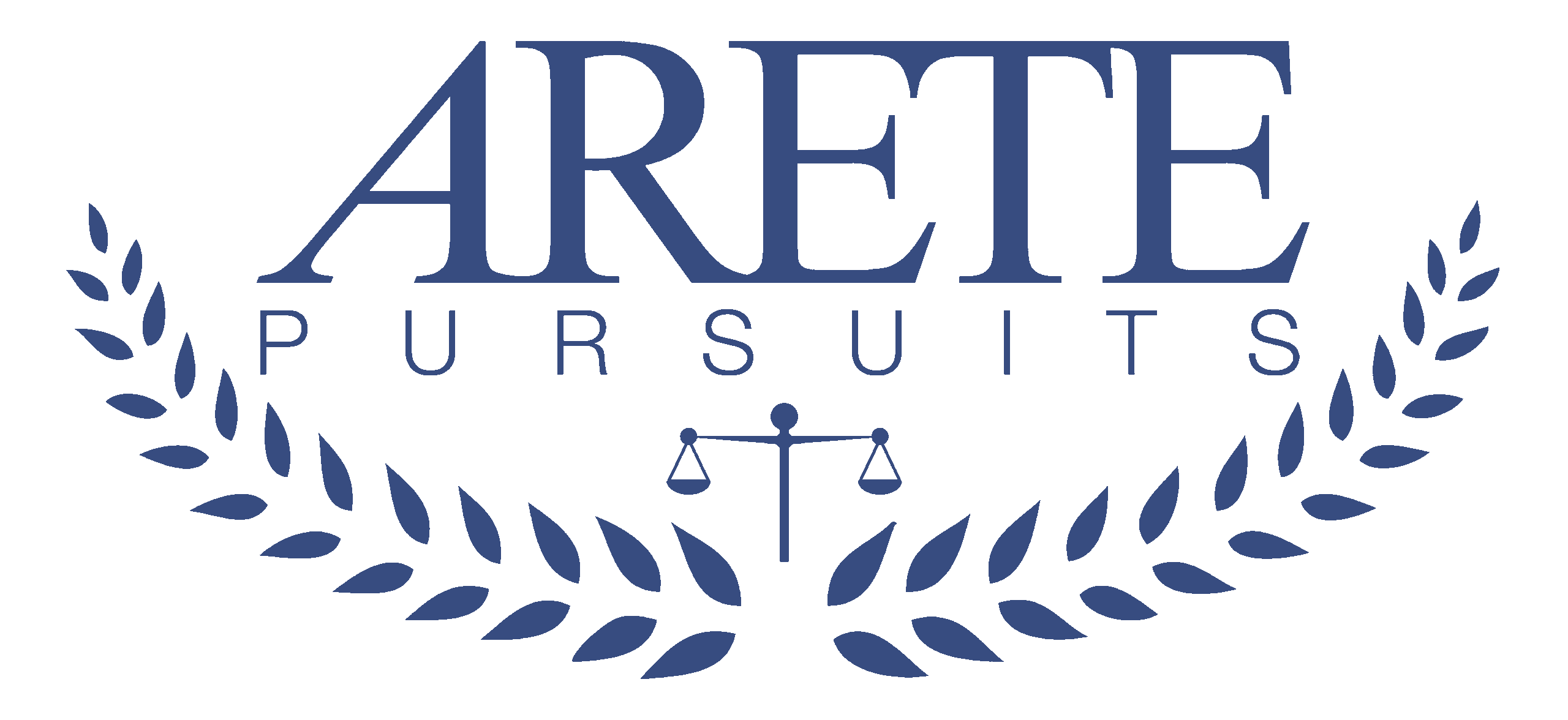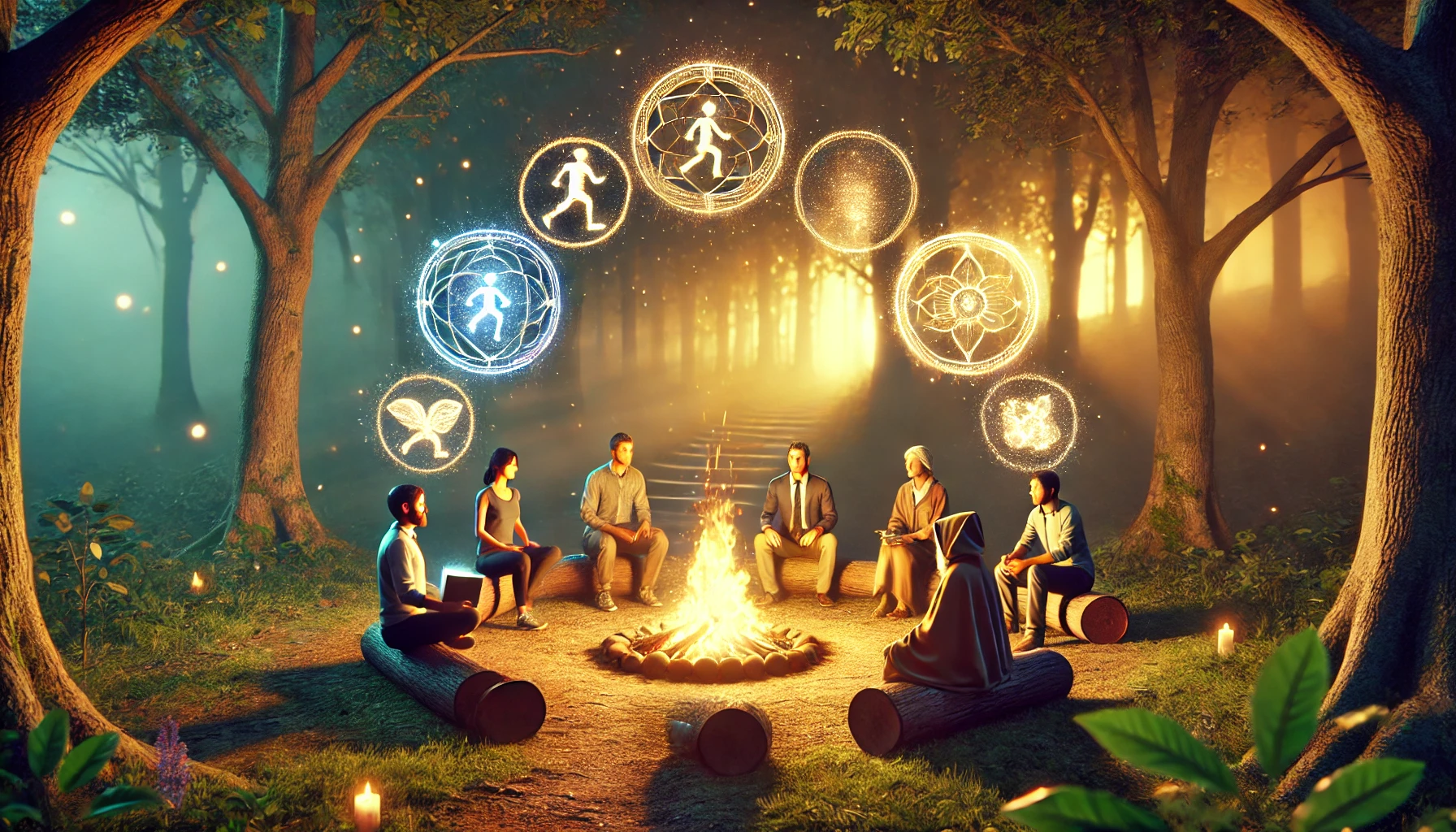Last year, I wrote about The Council of Joshes. This has become a staple of my life, allowing me to acknowledge and explore different aspects of who I am.
Recently, one of my teachers suggested that as I’m growing, I need the council because it’s just too hard to fit who I am becoming into a single identity. She suggested that this is a good problem to have, and we want all of humanity to have this problem.
She also theorized that I might start helping others build their own councils—a thought that arose for me independently right before she spoke it aloud.
Today, I invite you to begin building your council.
My Council
Here’s a quick summary of The Council of Joshes. See my earlier post for more details.
The council represents different aspects of my way of being – influenced by the relationships in my life, and the activities I am drawn to. Here are a few members by way of example:
- Coach Josh – How I show up when coaching others and facilitating workshops.
- Learner Josh – My love of learning. Learner Josh is always accompanied by a stack of books.
- Athlete Josh – My commitment to physical and mental health.
- Spirit Josh – My spiritual guide and leader of the council.
- Josh Love – The aspect of me that practices loving kindness for all beings.
These are just a few. I loved the concept so much that the council grew to ten members at one point. Each member represents an aspect of my identity that is meaningful to me at this point in my life. It allows me to focus on what is important to me and quickly recognize when some aspect of my life feels underserved (or overserved). I often meditate with the council to discover how I might shift my way of being to live a more fulfilling life.
Forming Your Council
I’ve worked with several clients who decided to create their own councils to clarify what is important in their lives. I’ve seen significant growth in clients who have followed this technique. If you feel called to create your council, I think you’ll find it a powerful tool for building awareness and accelerating personal growth.
Here are several techniques you can use to identify potential council members.
Brainstorm Your Council
Take out a blank sheet of paper or head to a whiteboard. Give yourself at least ten minutes to write down every possible council member you can conceive of. These can be roles you identify with today, like Parent, Spouse, Friend, Employee, or Boss. These roles can be tied to activities important to you, such as Musician, Painter, Biker, or Actor. You can have aspirational roles for aspects of your identity you’d like to develop. And you can have fictional roles. If you love Lord of the Rings, perhaps you want Gandalf on your council.
Phone A Friend
Research shows that our closest family and friends know us better than we know ourselves. Ask people close to you who they think would be on your council. Avoid leading the witness by putting a list of roles in front of them – ask them what council members come to mind. They may surface a council member you haven’t thought of. Remember that you ultimately get to decide who is on the council.
Explore Your Values
If you’ve identified your core values, this can be a powerful prompt. Are there any values that have a corresponding council member? For example, Athlete Josh aligns with my core value of well-being.
I worked with a friend who identified Financial Security as one of her values. When I asked her what role on her council represented that, she didn’t have one – it was just inside herself. I suggested she give this value its own distinct voice on the council, separated from her primary self. When she imagined a separate Chief Financial Officer member of the council who could discuss finances with the other members, it gave both of us chills.
Meditate
The first three suggestions are all structured cognitive strategies. You may unlock new possibilities if you give yourself the time and space to meditate and see what arises. Take a few minutes to get centered, then visualize yourself walking a path to meet your council. My council meets in the forest around a bonfire. As you reach your council’s meeting place, wait and watch. Who appears? What are they wearing? Why do they want to be a part of the council?
Consolidate
Now that you’ve generated many possibilities, I suggest whittling your list down to 5-7 council members who resonate most deeply with you at this moment.
Engage a Coach
I’m excited to support people on this journey and offer a complimentary session to anyone interested in building their council.
Council Meetings
I like to use meditation as the primary way to meet with my council. I give myself a few minutes to get centered, then visualize myself walking a path through the forest, opening up on a clearing where the council sits in a semi-circle around a bonfire.
Some days, I connect with each council member in turn, hearing what is on their minds and what they have to share with me. This is a powerful way to identify areas of life that may feel underserved or where I may want to make a shift.
Sometimes, I have a specific topic for the council and offer it up to see who speaks. On other days, I invite the council to speak and see who has something to say—without structure or agenda.
If meditation isn’t your thing, you can use it as a thought exercise. If you have a topic you want to explore, connect in with each council member in turn, embody their perspective, and see what insights on that topic arise while you are in that perspective.
One of my friends showed me how to build a custom model using ChatGPT, so I can now use AI to engage with my council and see what arises. Use this link to chat with the AI version of my council. If you choose to do this, know that your conversation is private, and nothing is shared with me (but may be shared with ChatGPT, depending on your settings).
Evolving Your Council
Over the holidays, my council had a re-organization. The council felt crowded with ten members, and I took time to reflect on each member and their role in my current way of being. When the dust settled, three members chose to become “advisors” and speak through the voice of another council member (including a brand new member, Writer Josh, who wasn’t ready to be a formal council member). One member opted to go on sabbatical, and one chose to step out of linear time so as not to be a distraction – essentially hibernating until it was time for him to resurface. The council now has six members.
Exploring each council member in-depth and deciding who still belonged on the council and who should step back served as a fantastic tool for reflecting on what is important to me now compared to what was important to me when the council was initially formed.
Consider formally evaluating the council membership every 3-6 months to check in on who you are becoming.
Putting It Into Practice
Build the Council of You:
- Brainstorm as many possible council members as you can.
- Seek input from people close to you.
- Reflect on your values.
- Meditate to see what arises.
- Schedule time with me to refine your council.
- Engage with your council through meditation or reflection.
- Refine your council membership every 3-6 months as needed.
Walkabout Corner
I have enjoyed my first week in Austin. I have had warm weather, great food, a vibrant music scene, and delightful hosts. There are driverless taxis here—I’m still getting used to that. And I have found Turtles, which brings me joy.
A dear friend had this to say about who I am becoming. It has become my mantra for the moment:
You are not here to “fix” the world, but to be the truth of yourself so profoundly that others find themselves in your reflection.
May we all be the truth of ourselves so profoundly that others find themselves in our reflection.
I am an executive coach and life coach with software executive roots in higher education and EdTech. I coach because I love to help others accelerate their growth as leaders and humans. I frequently write about #management, #leadership, #coaching, #neuroscience, and #arete.
If you would like to learn more, schedule time with me.
Want to comment? Join the conversation on LinkedIn.

